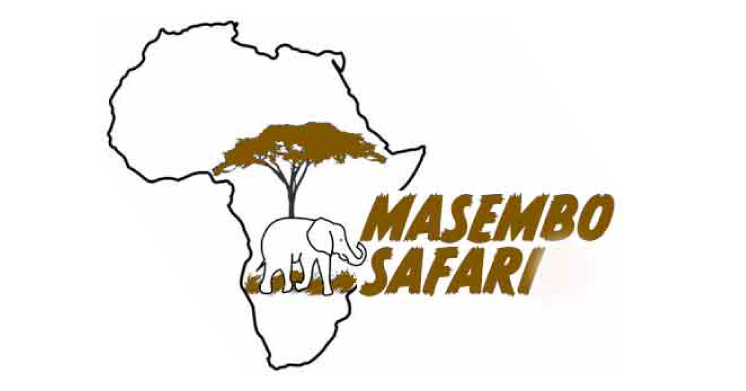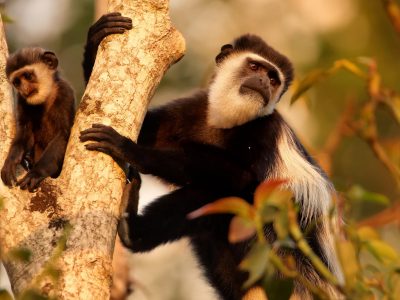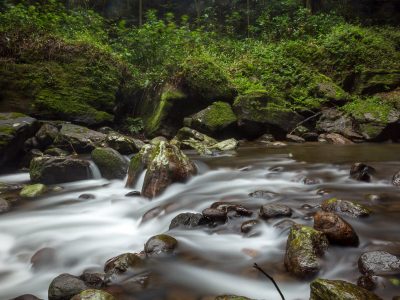Located on the way to Ngorongoro Crater and the Serengeti, Lake Manyara National Park is worth a stop in its own right. Its ground water forests, bush plains, baobab strewn cliffs, and algae-streaked hot springs offer incredible ecological variety in a small area, rich in wildlife and incredible numbers of birds.
The alkaline soda of Lake Manyara is home to an incredible array of bird life that thrives on its brackish waters. Pink Flamingo stoop and graze by the thousands colorful specks against the grey minerals of the lake shore. Yellow-billed storks swoop and corkscrew on thermal winds rising up from the escarpment, and herons flap their wings against the sun-drenched sky. Even reluctant bird-watchers will find something to watch and marvel at within the national park.
BIRDLIFE IN LAKE MANYARA
Lake Manyara provides the perfect introduction to Tanzania’s birdlife. More than 400 species have been recorded, and even a first-time visitor to Africa might reasonably expect to observe 100 of these in one day. The birdlife here is exceptionally varied, in the middle of the lake you’ll often see flocks of Pelicans and the pink-shading of distant Flamingos, whilst the margins and floodplains feed innumerable Herons, Egrets, Stilts, Stalks, Spoonbills and other waders. With so much water around, the woodlands are equally productive, but it’s the evergreen forests where you’ll spot some more entertaining species such as the noisy silvery-cheeked Hornbills, Crowned Eagles and Crested Guinea Fowl.
WHY VISITING LAKE MANYARA NATIONAL PARK
- The unique and conspicuous ground water forest
- The rich flora of the ground water forest
- An amazing profusion of birdlife, particularly on the lake shore
- A good cross-section of all the essential feature of nature in Tanzania
- Fascinating element of Landscape
- Easy to reach but a popular park
WHAT TO DO:
- Game drives
- Bird Watching
- Canoeing when the water levels is sufficiently high
- Cultural tours
GETTING THERE:
- Drive from Arusha enroute to Ngorongoro and Serengeti National Park
- Scheduled and Charter flights
BEST TIME TO VISIT
- Dry season (July – October) for large mammals; Wet season (November – June) for bird watching, the waterfalls and canoeing.






